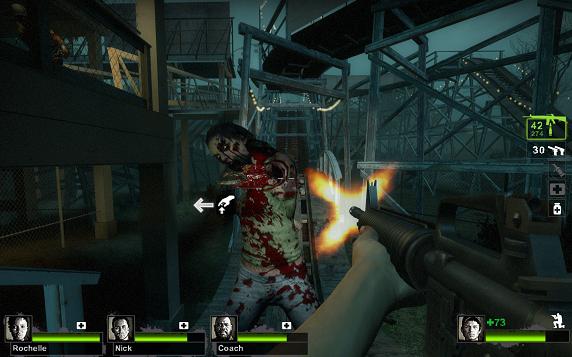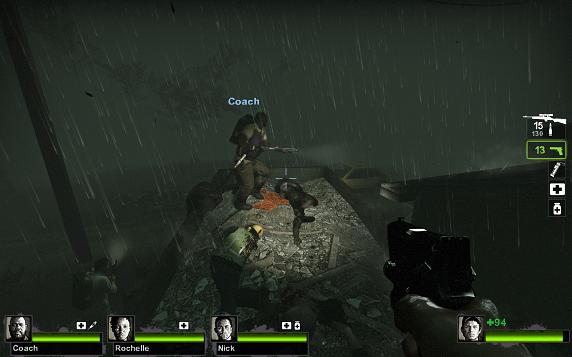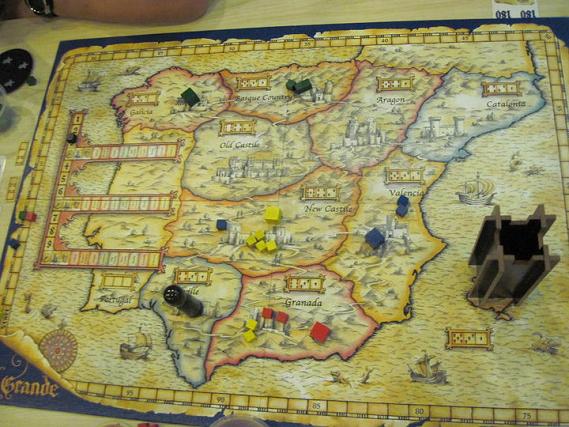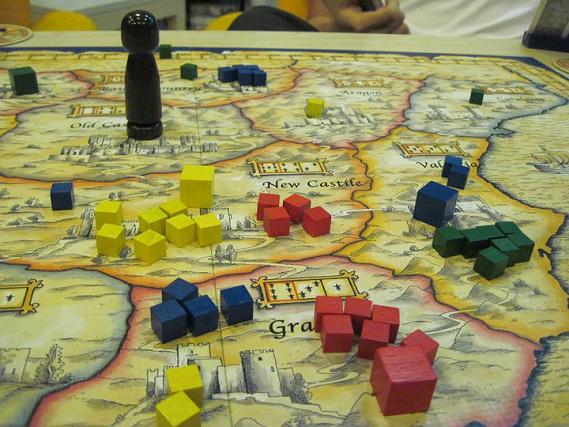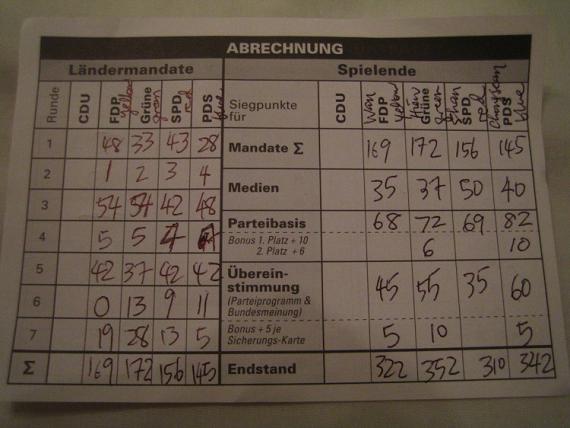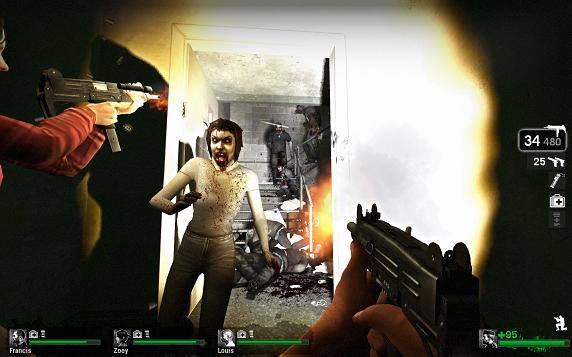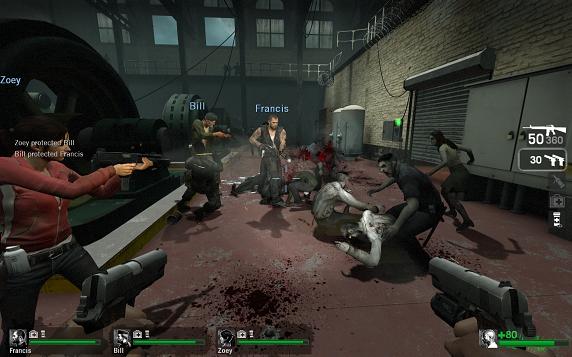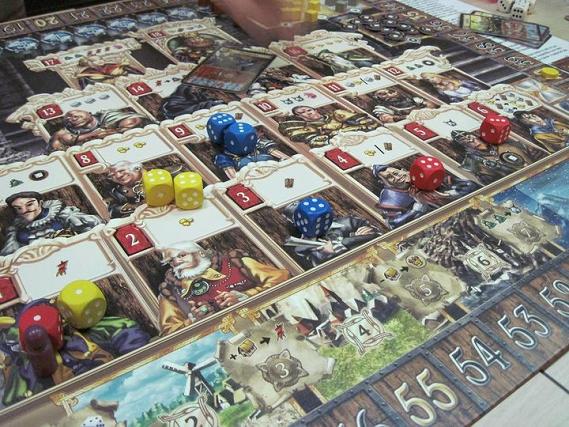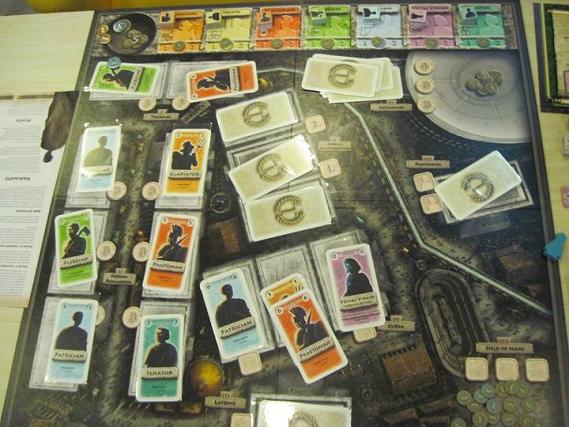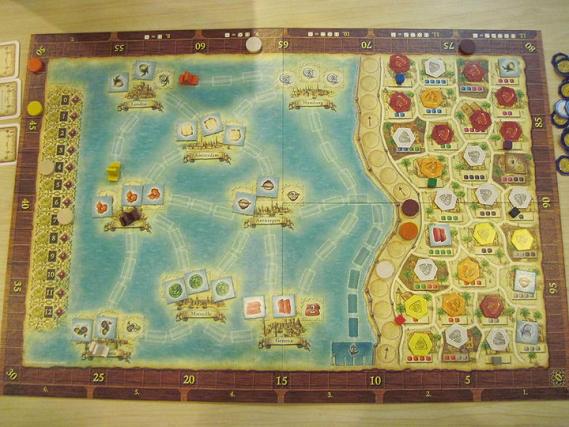
I’m not going to cover this one extensively. This is another one that Hiew has written a comprehensive review of, plus I have mixed feelings about it and really need to play it more to make up my mind about it. The central attraction in Macao is the set of six differently colored dice that everyone essentially shares. One player rolls the lot of them and each player gets to choose any two of the dice results to use. It doesn’t matter if another player chooses the same two colors. This gives you two types of resource cubes to use with the amount of each equaling the respective die result.
The cool part is that the higher the die result you pick, the later it becomes available. So if you’re content with accepting a die result of 1, you get a resource cube of that color this turn, but if you decide to go for a die result of 6, you’ll need to wait an extra five turns to be able to spend it. It’s a very neat if sometimes frustrating system. The problem is that the different uses these resource cubes can be put to seem rather boring and somewhat cluttered to me.
